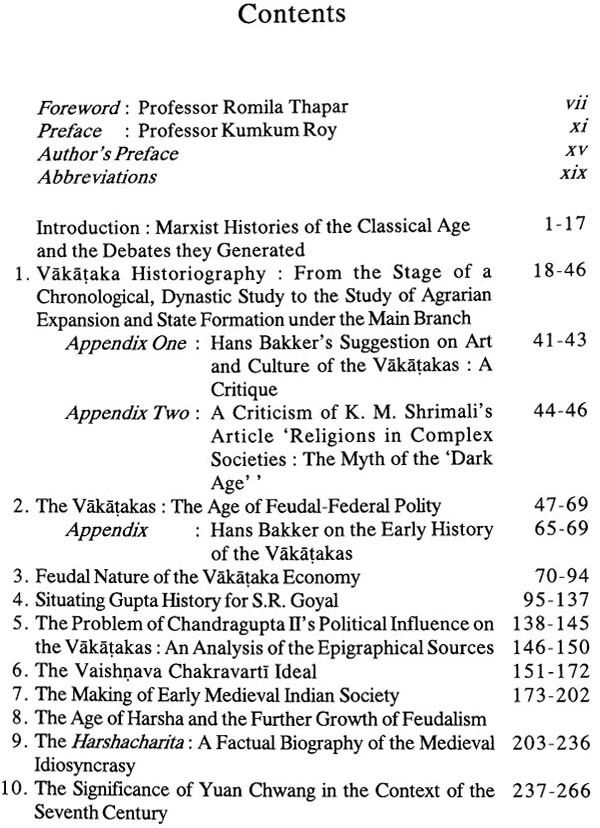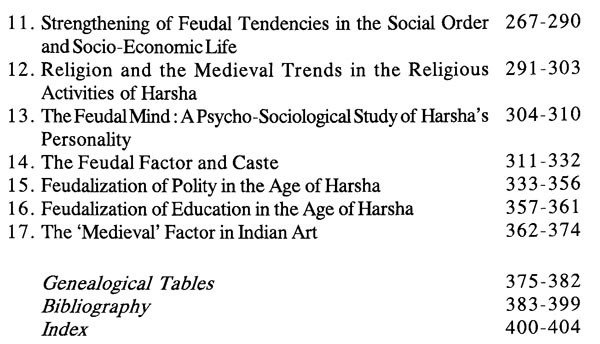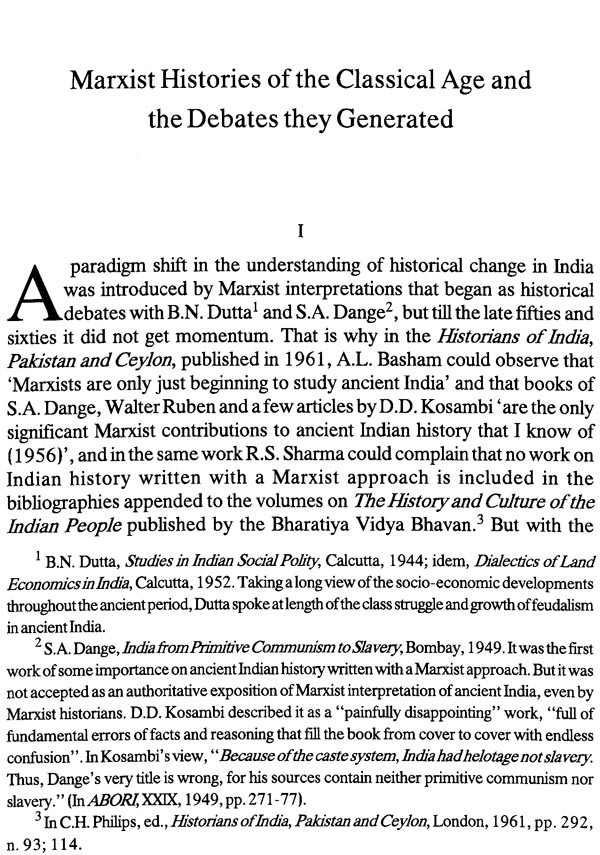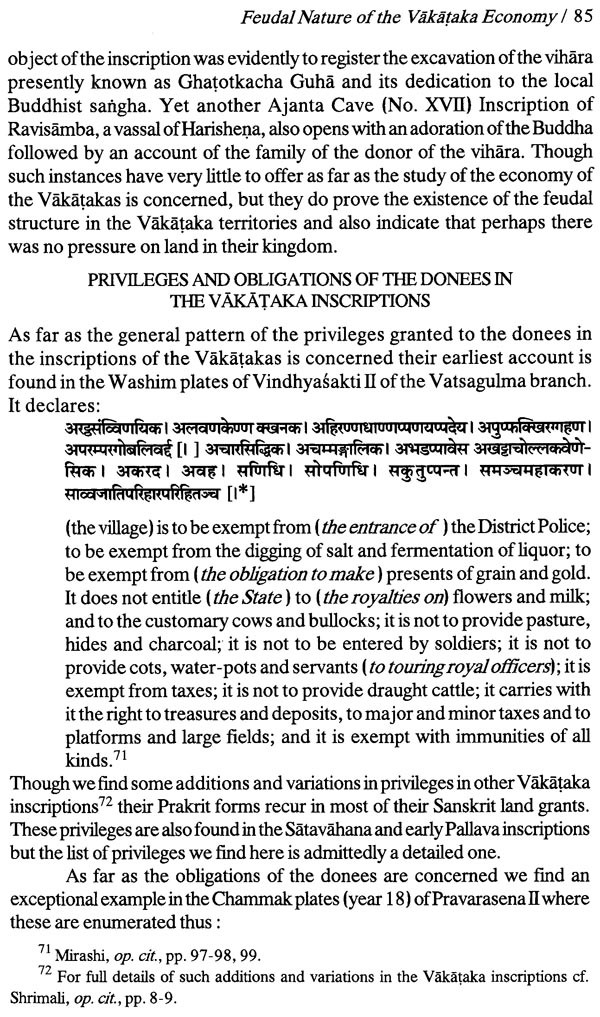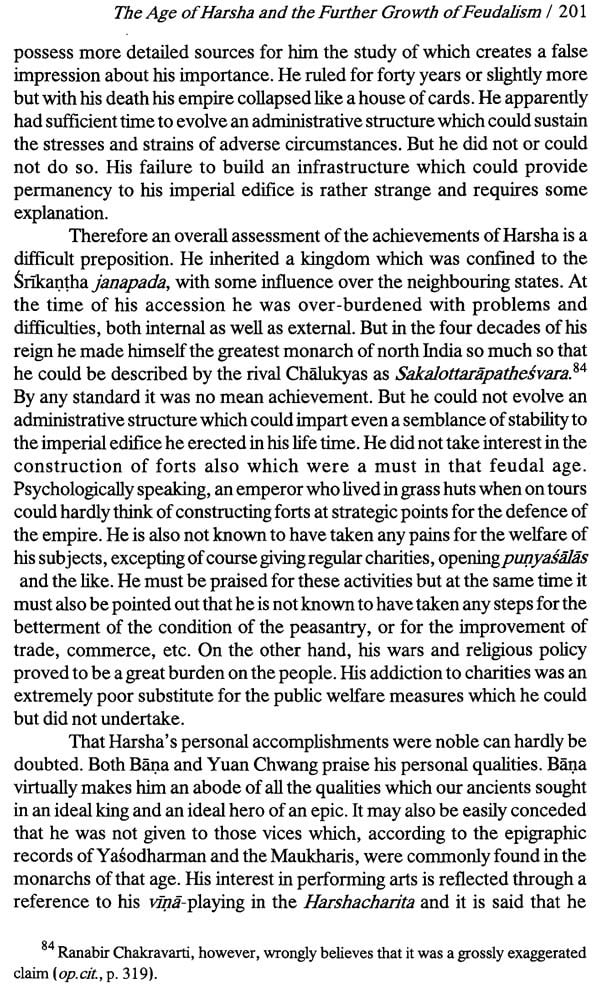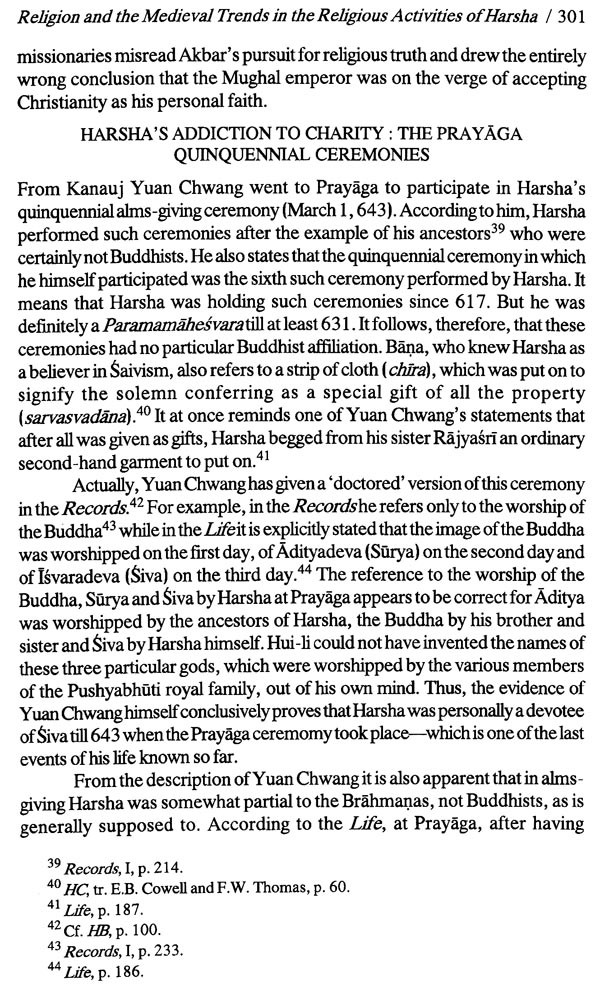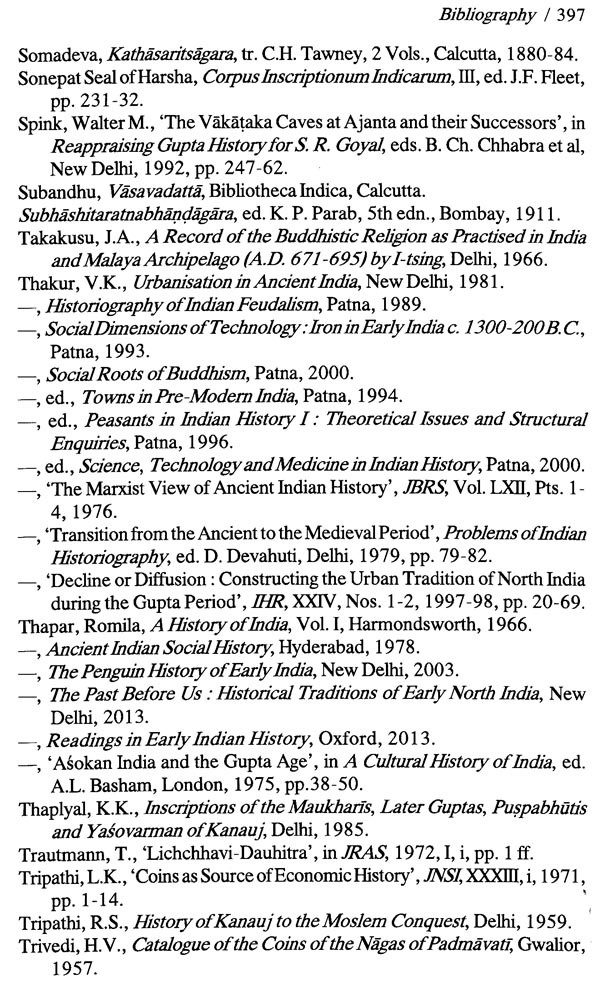About the Book Professor Shankar Goyal's The Classical Age: A Study in Feudalization focuses on a crucial period of Indian history, from the period of the Guptas to the rule of Harshavardhana. This was a period that witnessed far-reaching changes in terms of polity, economy, society, and cultural practices. Professor Goyal provides an in-depth discussion on some of the major historiographical debates on the period. He also brings in a deep knowledge of the sources, literary, epigraphic and numismatic, to assess the nature of historical change during this period, arguing for similarities with the process of feudalization as understood in European history. In doing so, Goyal contributes to ongoing debates and discussions with clarity and passion.
About the Author Professor Shankar Goyal, M.A., Ph.D., D.Litt. is the retired Professor of History, Jai Narain Vyas University, Jodhpur, Rajasthan, and one of the well known authorities of ancient Indian history and historiography. Apart from numerous articles published in reputed journals, he has authored Recent Historiography of Ancient India, Marxist Interpretation of Ancient Indian History, Contemporary Interpreters of Ancient India, Ancient India: A Multidisciplinary Approach, 175 Years of Vakataka History and Historiography, Harsha: A Multidisciplinary Political Study, The 'Medieval' Factor and the Age of Harsha: A Cultural Study, Harsha Revisited : A Re-interpretation of Existing Data, and, more recently, The Significance of Yuan Chwang in the Context of the Seventh Century: A Critical Assessment. His books and many articles brought him encomiums from scholars such as Professors R.N.Dandekar, G.C.Pande, R.S. Sharma, Irfan Habib, Romila Thapar, R. Champakalakshmi, Shireen Moosvi, Kumkum Roy, A.M. Shastri, Bardwell L. Smith (Minnesota, U.S.A.), Walter M. Spink (Michigan, U.S.A.), Maurizio Taddei (Napoli, Italy), P.K. Mitra (Rajshahi, Bangladesh) and others. In 2009 Professor Goyal presided over the Cultural History Section of the XXIX Annual Session of the South Indian History Congress, in 2012 he was elected General President of the XXXVII Annual Congress of the Epigraphical Society of India, and in 2016 he was invited to preside over the Historiography Section of the XXIII Annual Session of the Tamilnadu History Congress. Recently in December 2017 he presided over Section I (Ancient India) of the 78th Session of the Indian History Congress at Jadavpur University, Kolkata (Bengal). He was also invited by the Organising Committee of the 16th World Sanskrit Conference, 2015, Silpakorn University, Bangkok, Thailand, to participate in the deliberations of their Epigraphy Section to promote Indian epigraphical studies on the world forum. He has also travelled extensively in China, Australia, United States, Canada, Europe, Sudan and Egypt.
Foreword Shankar Goyal's latest book, The Classical Age: A Study in Feudalization, draws on his many earlier studies of the period of the Guptas and Harsha together with some new material and ideas. It is useful to have these up-dated and collected into one book. The book is dedicated to the memory of his late father S.R.Goyal. This is a fitting tribute. His father's much-read and frequently quoted work was, A History of the Imperial Guptas, published in 1967. It was part of many studies that he carried out on the Gupta period.
Coming half a century after his father's study, Shankar Goyal's book is not just an incorporation of the many studies of that period done in the last half-century. His range is wider with an extensive study of the Vakataka dynasty, the high points associated with Gupta rule and including the reign of Harshavardhana of Kanauj. But more importantly he refers to and discusses many of the new perspectives that have illuminated this history. His use of the term Feudalization' in the title is an indication of this.
In order to explain the use of this term in the title he begins with a summary of the views of Marxist historians or those influenced by some aspects of Marxist thinking on history, and refers to the debates on the feudal mode of production that their analyses generated. The most wide-ranging has been that on whether or not there was a period of feudalism in India and if so can this be dated to the later first millennium continuing onto the second millennium A.D. The current debate outside India in places where advanced medieval history is taught, focuses on the term itself and its feasibility in determining historical periodization. The debate remains inconclusive but has resulted in registering a wide typology for the term. It can no longer be used as a single uniform category applied to most parts of the world. It has to be qualified by its particular form and usage.
It has encouraged the idea of categories of historical forms some of which are closer to and others more distant from what was earlier taken as, feudalism. A detailed typology would be helpful with reference to Indian history as well.
Preface Shankar Goyal is amongst those scholars who have a deep interest in early and early medieval Indian history, combined with an ability to engage with a variety of sources, as well as with historiographical debates. In this volume, consisting of 17 essays and an introduction, he covers some of the themes that has attracted his attention for decades, weaving these together to provide insights into what has been recognized as a crucial period in Indian history, namely, the mid- first millennium CE.
The introductory essay provides the framework for the rest of the volume. Here Goyal offers a detailed survey of Marxist historiography on the theme, focusing on both the commonalities as well as the divergences that are apparent within this vast and complex body of scholarship. For his part, he highlights the evidence or lack of evidence on coinage, as well as the indications of a possible decline in urban centres, to argue for feudalization. While both these lines of argument have been interrogated and qualified by scholars such as B.D. Chattopadhyaya and Ranabir Chakravarti, amongst others, Goyal reiterates his position, drawing on a range of textual, epigraphic, numismatic and archaeological evidence.
From this Goyal moves on to a survey of the historiography of the Vakatakas, painstakingly documenting shifts in foci that have emerged over a century and more. Thus, earlier concerns with chronology, and dynastic history have given way to a more critical evaluation of the epigraphic evidence and the implications of land grants, most notably in the work of K.M. Shrimali, and have been widened to include religious and cultural developments in the contributions of Hans Bakker. In charting these trends Goyal alerts us to the rich potential of the field, and the various ways in which it has and can be further investigated. Appendices to the chapter offer further critical discussions that are likely to be addressed in future scholarship.
The discussion on historiography leads on to a more detailed consideration of political structures and processes within the Vakataka polity, which is followed up by an analysis of the economy.
Book's Contents and Sample Pages
